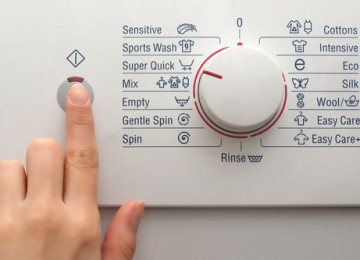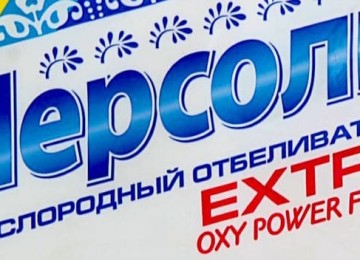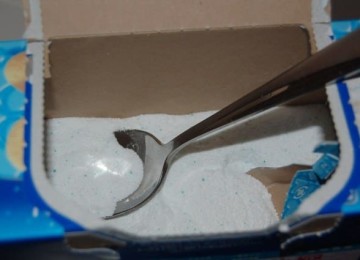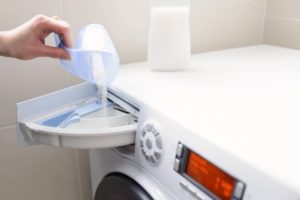 Modern industry offers a wide range washing powders for manual and automatic washing. It’s easy to buy any of them; just go to a specialized store. It’s really simple, but recently there has been a steady increase in people wanting to make their own washing powder. Such mixtures are guaranteed not to cause harm to health and will cope quite effectively with any contaminants.
Modern industry offers a wide range washing powders for manual and automatic washing. It’s easy to buy any of them; just go to a specialized store. It’s really simple, but recently there has been a steady increase in people wanting to make their own washing powder. Such mixtures are guaranteed not to cause harm to health and will cope quite effectively with any contaminants.
Several arguments in favor of homemade powder
Surely many people will ask why they should make something themselves that they can easily buy. It seemed that the factory had precisely measured the proportions of the components, mixed them and packaged the powder into convenient packs.In principle, this is true, but homemade washing powders and gels have a number of significant advantages that cannot be ignored. It is worth considering the most important of them.
Absolute safety for humans
The basis of any detergent from the store - synthetic substances that are difficult, and often not at all possible, to completely wash off from the fabric. They penetrate the skin and accumulate in the human body, contributing to the development and exacerbation of chronic diseases. Homemade powder, consisting of natural ingredients, does not contain any strong chemical compounds and is definitely not harmful to health.
Careful handling of washing machine parts
The main component of homemade laundry detergent is soap; laundry soap is most often used (72%). To enhance its effectiveness, add baking soda or laundry soda. These substances are easily washed out of the washing machine parts and do not leave sediment on the internal surfaces. This allows you to delay repairs and avoid an emergency.
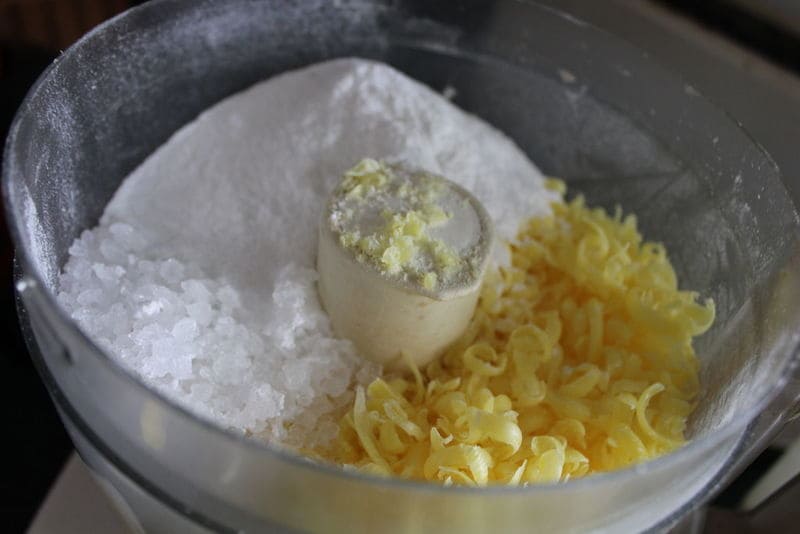
Versatility
All homemade powders and gels completely universal. These products can be used to wash children's clothes and designer clothes made from delicate fabrics. Homemade powder will wash bedding and remove stubborn stains from outerwear. With all this, things will acquire a pleasant smell of freshness without harsh chemical impurities.
Caring for the environment
At home, you can make detergents with different characteristics, but all of them, without exception, do not contain aggressive chemical compounds. These powders and gels do not harm the environment either during the manufacturing process or during use.
Saving money
Savings are also important.Made from natural ingredients, washing powder is safe and effective, while the total cost of its components is extremely low. It is also worth noting the savings on cleaning products; after using such a detergent, the washing mashine is perfectly clean and does not require additional household chemicals.

Basic components of powder from the store
Washing powder from different manufacturers (with rare exceptions) consists of identical components, each of which harms a person to one degree or another.
- The main component of factory-made washing powder is surfactants. These chemical compounds make laundry clean, but in small quantities they are retained by the fibers of the fabric and then penetrate the skin. They cause weakened immunity and slow down metabolic processes.
- Sodium sulfate is used to increase the volume of washing powder, as well as to activate the work of the surfactant. It is considered safe, but can sometimes cause an allergic reaction.
- Enzymes help remove stubborn stains. Most often they are harmless to humans, but they weaken fabric fibers, reduce their strength, and contribute to rapid wear of clothing.
- Phosphates reduce water hardness and reduce the electrostatic effect. At the same time, they negatively affect human skin. They easily penetrate the body, where they contribute to the exacerbation of chronic diseases and cause metabolic disorders.
- Phthalates are substances designed to retain fragrance. They retain the fresh smell of laundry for a long time, but when penetrating into the body, they cause diseases of the endocrine system.
- Fragrance is a flavoring agent. Its task is to give the laundry a pleasant aroma of freshness.In large quantities it can cause respiratory diseases and cause allergies.
- Optical brightener consists of tiny particles that are highly reflective. They settle on the fibers, reflect light, making the laundry noticeably whiter. In this case, the substance penetrates the skin, accumulates in the body, and can cause poisoning.
Effective substitutes for chemical components
In most cases, find a harmless replacement aggressive chemistry possible in your own kitchen. For example, surfactants and enzymes can replace regular soap. The optimal option is economic 72%. Instead, you can use tar soap or coconut soap. Baby soap gives excellent results in terms of cleanliness and safety.
Borax or boric acid is used for the same purpose. It will quickly and carefully remove even the most difficult stains without compromising the strength of the fabric fibers. Baking soda is perfect for fighting stains; it can be replaced or enhanced with soda ash (baking soda).
Citric acid will help restore the whiteness of things. Hydrogen peroxide is also used as a bleaching component. Vinegar can be added to reduce water hardness, and it will also preserve the bright colors of the fabric. A drop of aromatic oil can easily replace a chemical fragrance.
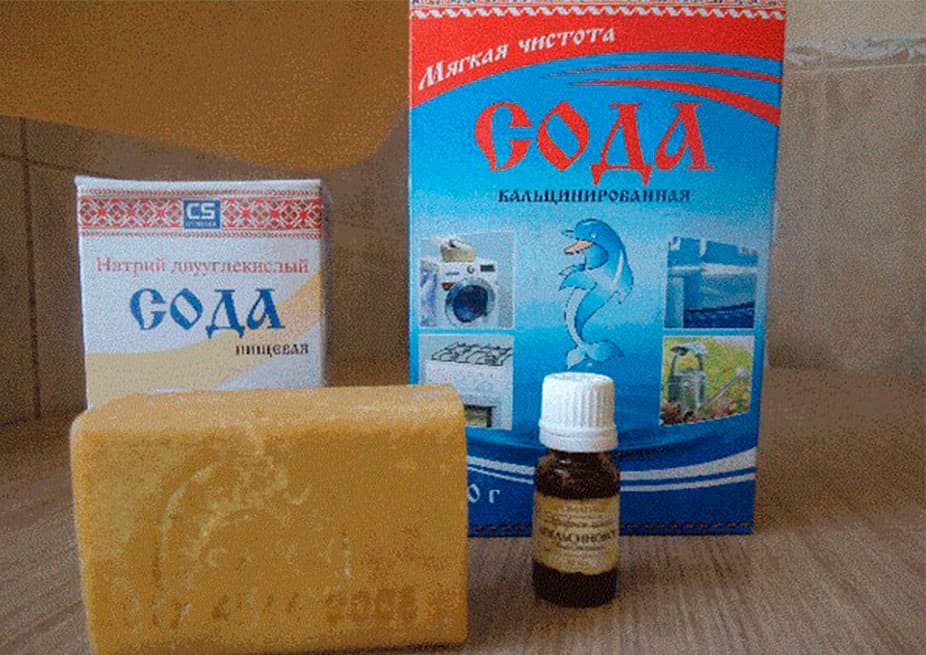
Several simple recipes for homemade detergents
To protect your family from the effects of harmful chemical components of store-bought washing powder, it is not necessary to spend money at all, an effective and safe detergent is easy to make with your own hands.
Preparation for work
- Before you start making homemade powder, you need to choose the best recipe, stock up on materials and prepare everything you need for work. The list may vary, but in most cases the following is enough:
- bucket or plastic bowl for mixing;
- spatula (you can use a regular spoon);
- grater for grinding soap;
scales (preferably electronic);
sealed container in which the finished mixture will be stored. There are many recipes for detergents with good efficiency indicators, below are several of the most common. The choice of one or another of them depends on the available components and the degree of contamination of things.
- Option 1. Soap plus soda. Universal remedy
- This homemade
- washing powder
- is easy to make and has affordable components. In fact, there are only two of them: a bar of laundry soap (you can use tar or baby soap) and soda.
grate the soap;
pour 500 g of baking soda and 400 g of soda ash into the resulting gruel;
mix with a spatula;
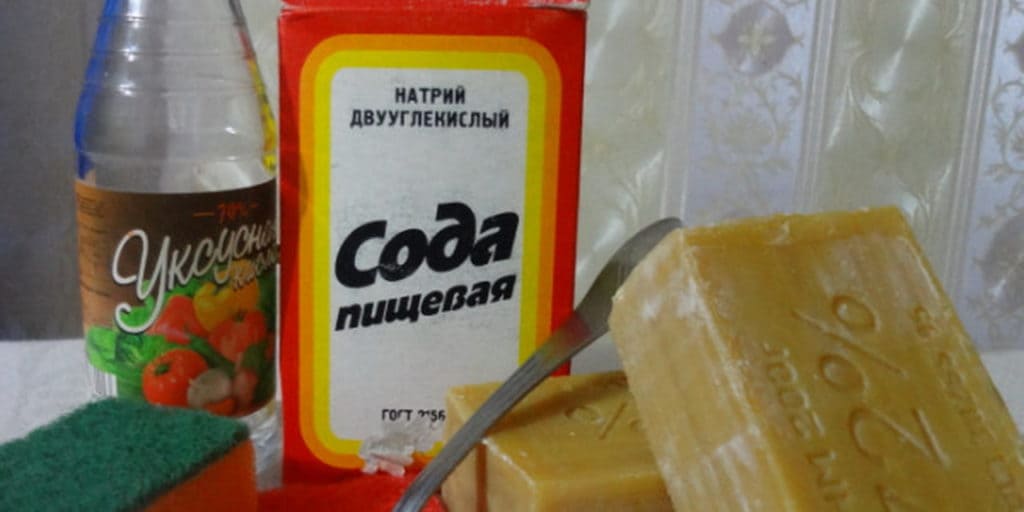
Pour the mixture into a jar, close the lid and store in a dry place inaccessible to children.
Option 2. Homemade detergent with soap, soda and vinegar This product reduces the hardness of the water, preventing the fabric from fading.Several simple recipes for homemade detergentsTo protect your family from the effects of
harmful chemical components of
- store-bought washing powder, it is not necessary to spend money at all, an effective and safe detergent is easy to make with your own hands.
- Preparation for work
- Before you start making homemade powder, you need to choose the best recipe, stock up on materials and prepare everything you need for work. The list may vary, but in most cases the following is enough:
bucket or plastic bowl for mixing;
spatula (you can use a regular spoon);
grater for grinding soap;
measuring cup; scales (preferably electronic);sealed container in which the finished mixture will be stored.
There are many recipes for detergents with good efficiency indicators, below are several of the most common. The choice of one or another of them depends on the available components and the degree of contamination of things.
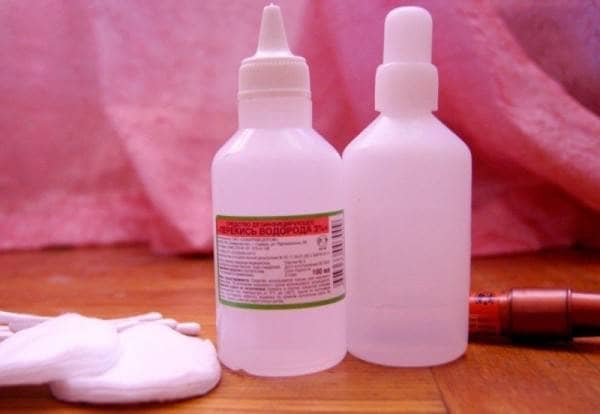
Option 1. Soap plus soda. Universal remedy
This homemade
- washing powder
- is easy to make and has affordable components. In fact, there are only two of them: a bar of laundry soap (you can use tar or baby soap) and soda.
- The procedure is as follows:
- grate the soap;
- pour 500 g of baking soda and 400 g of soda ash into the resulting gruel;
- mix with a spatula;
Pour the mixture into a jar, close the lid and store in a dry place inaccessible to children.
Option 2. Homemade detergent with soap, soda and vinegar
This product reduces the hardness of the water, preventing the fabric from fading.A few simple homemade cleaning recipesTo protect your family from exposure
harmful chemical components
- There is no need to spend money on washing powder bought in a store; an effective and safe detergent is easy to make with your own hands.
- Preparing for work
- Before you start making homemade powder, you need to choose the optimal recipe, stock up on materials and prepare everything you need for the job. The list may vary, but in most cases the following is sufficient:
- bucket or plastic mixing bowl;
spatula (you can use a regular spoon);
measuring cup;
scales (preferably electronic);
an airtight container in which the finished mixture will be stored.
There are many detergent recipes with good performance indicators; below are some of the most common ones. The choice of one or the other depends on the available components and the degree of contamination of things.
Option 1. Soap plus soda. Universal remedy This one is homemade washing powder
It is characterized by ease of manufacture and availability of components. In fact, there are only two of them: a bar of laundry soap (you can take tar or baby soap) and soda.







